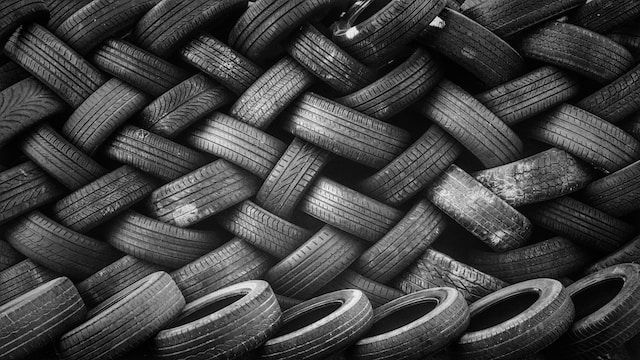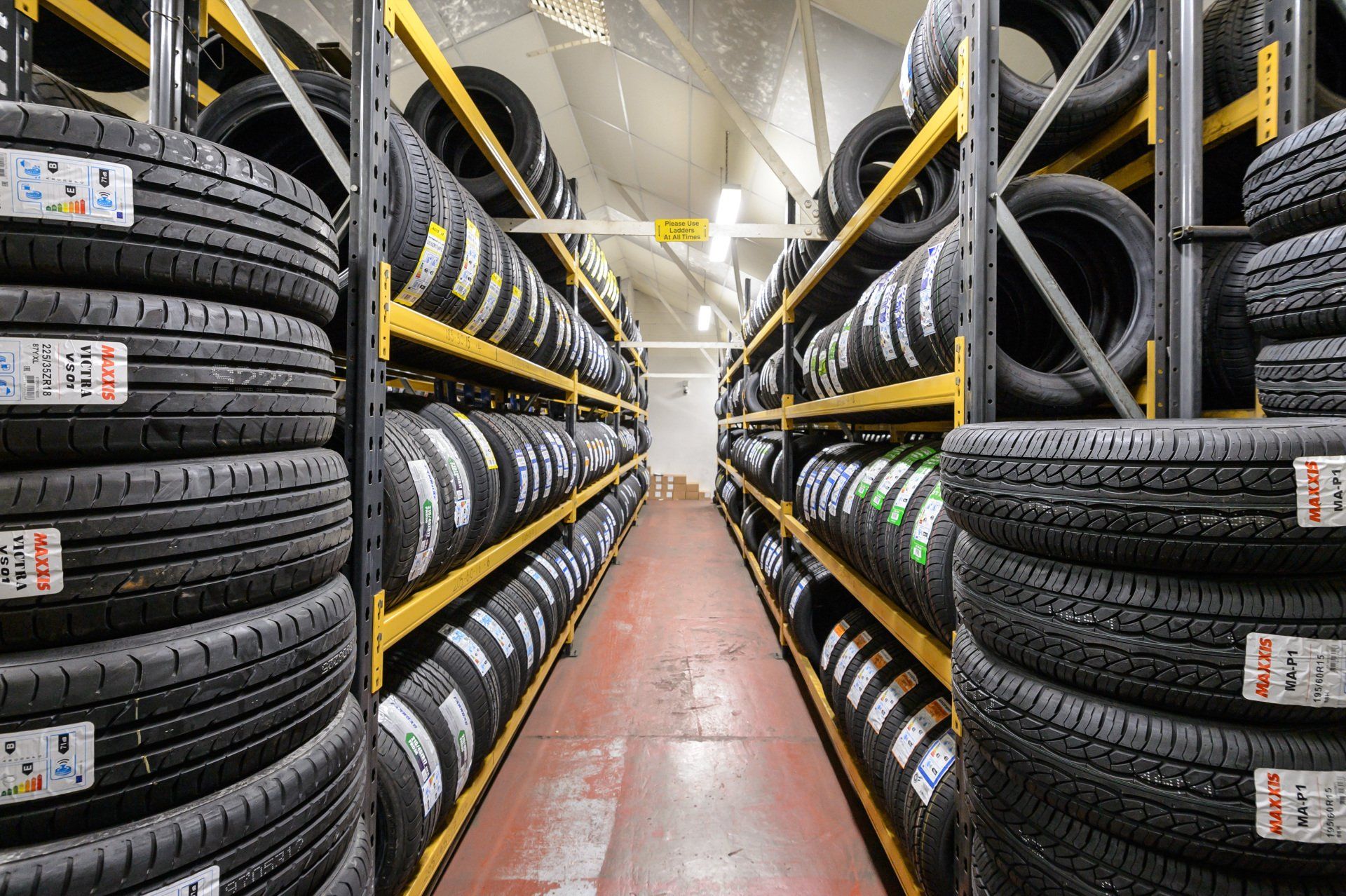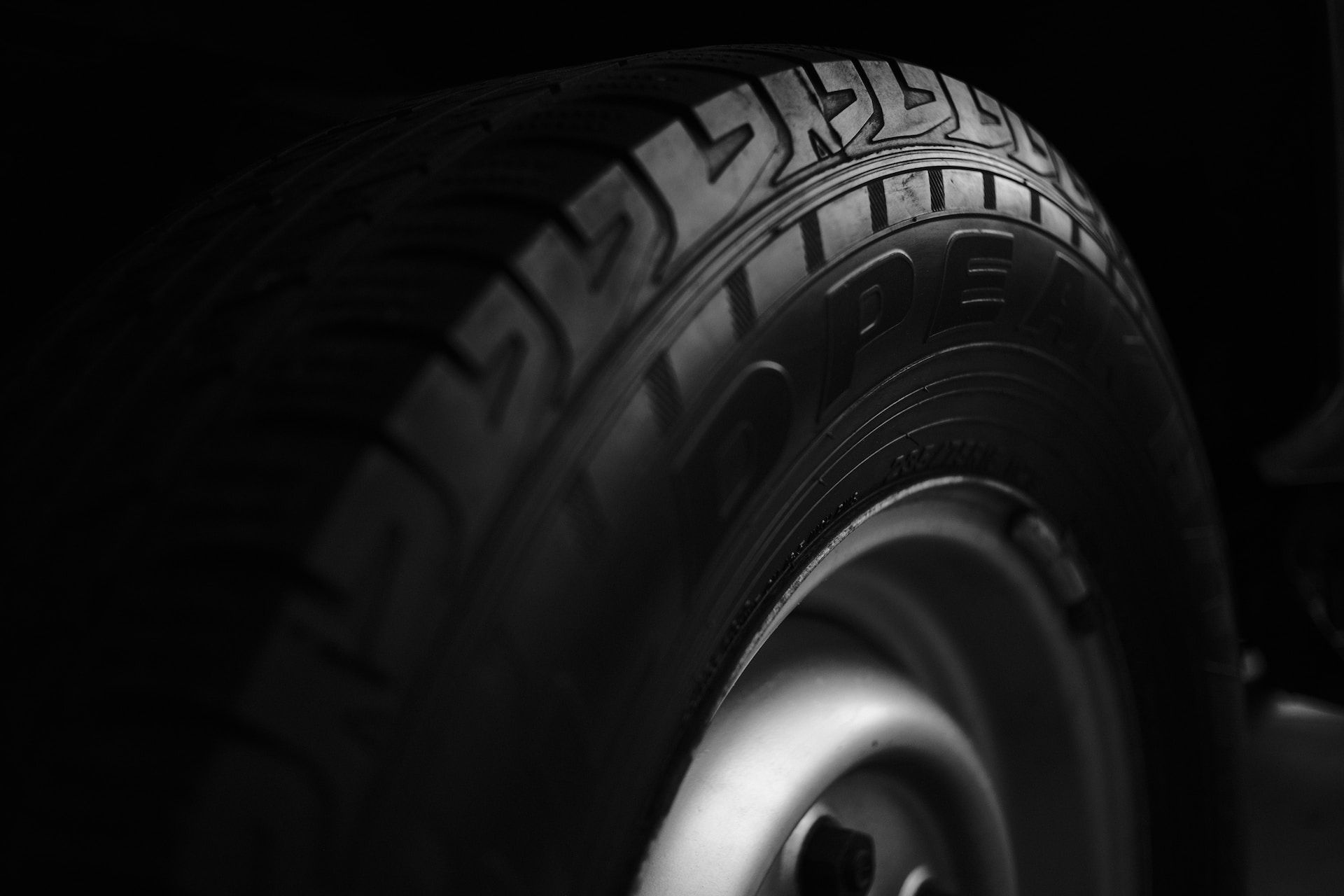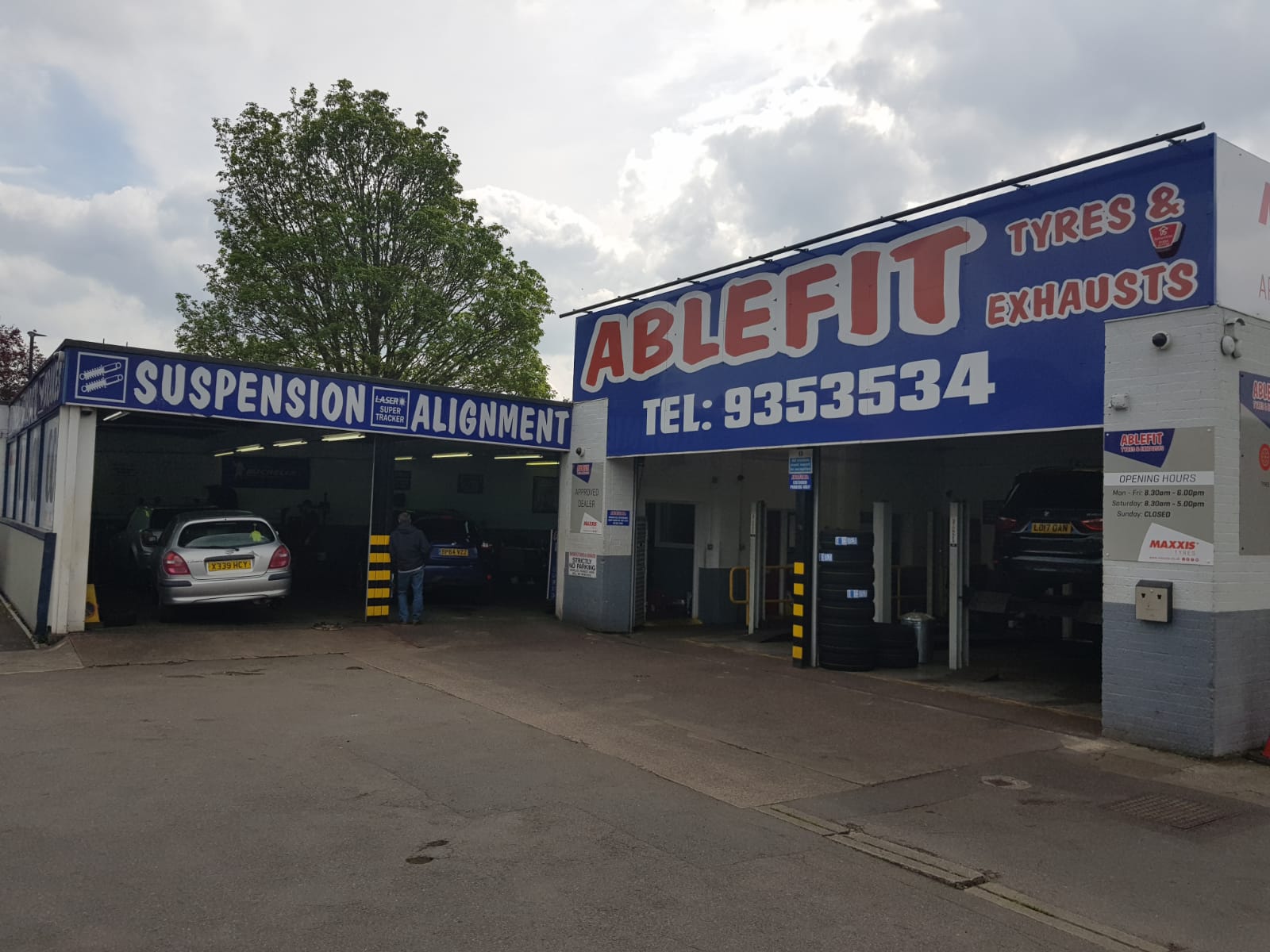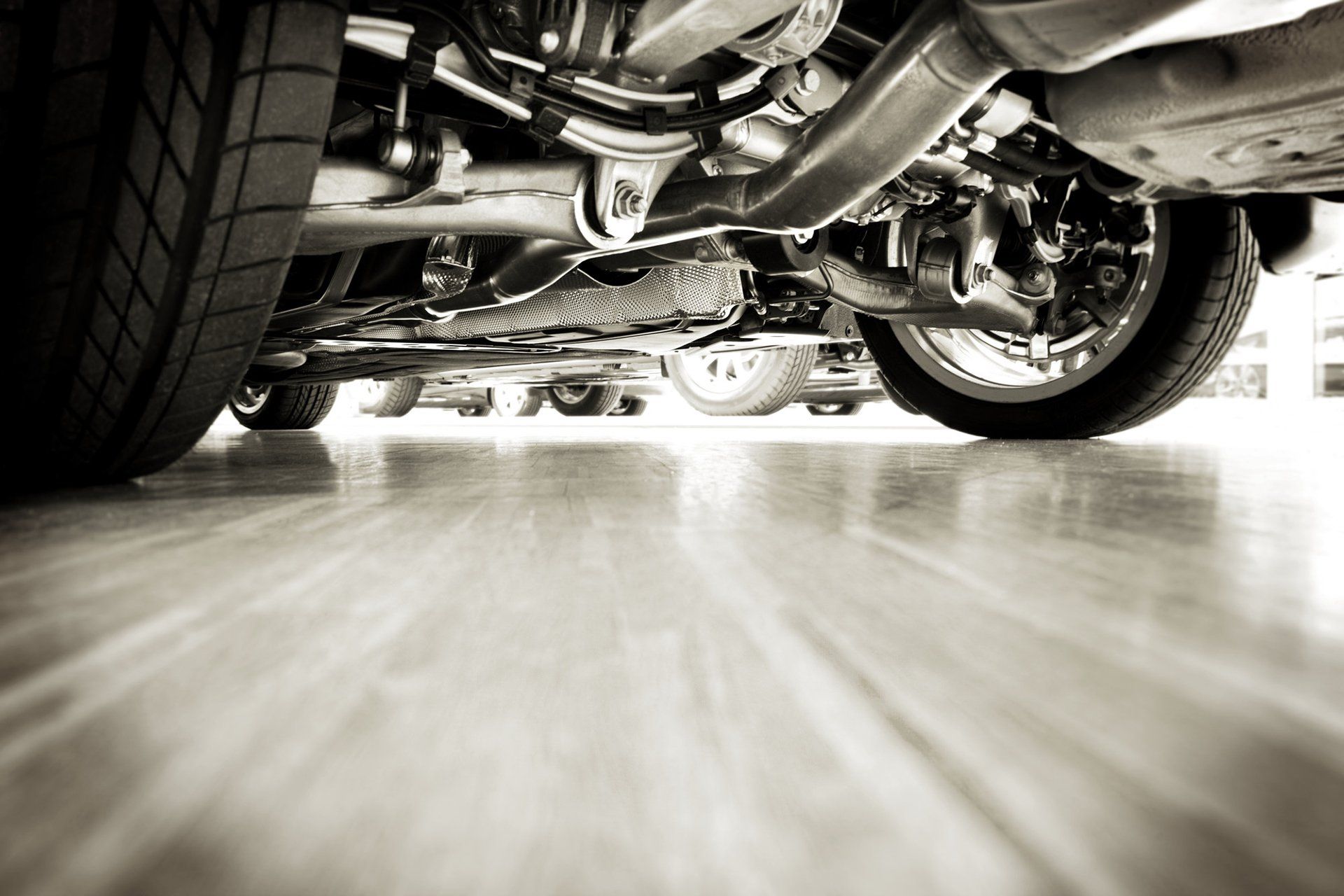5 simple car checks you should perform regularly
Quick ways to check your car's health between MOTs
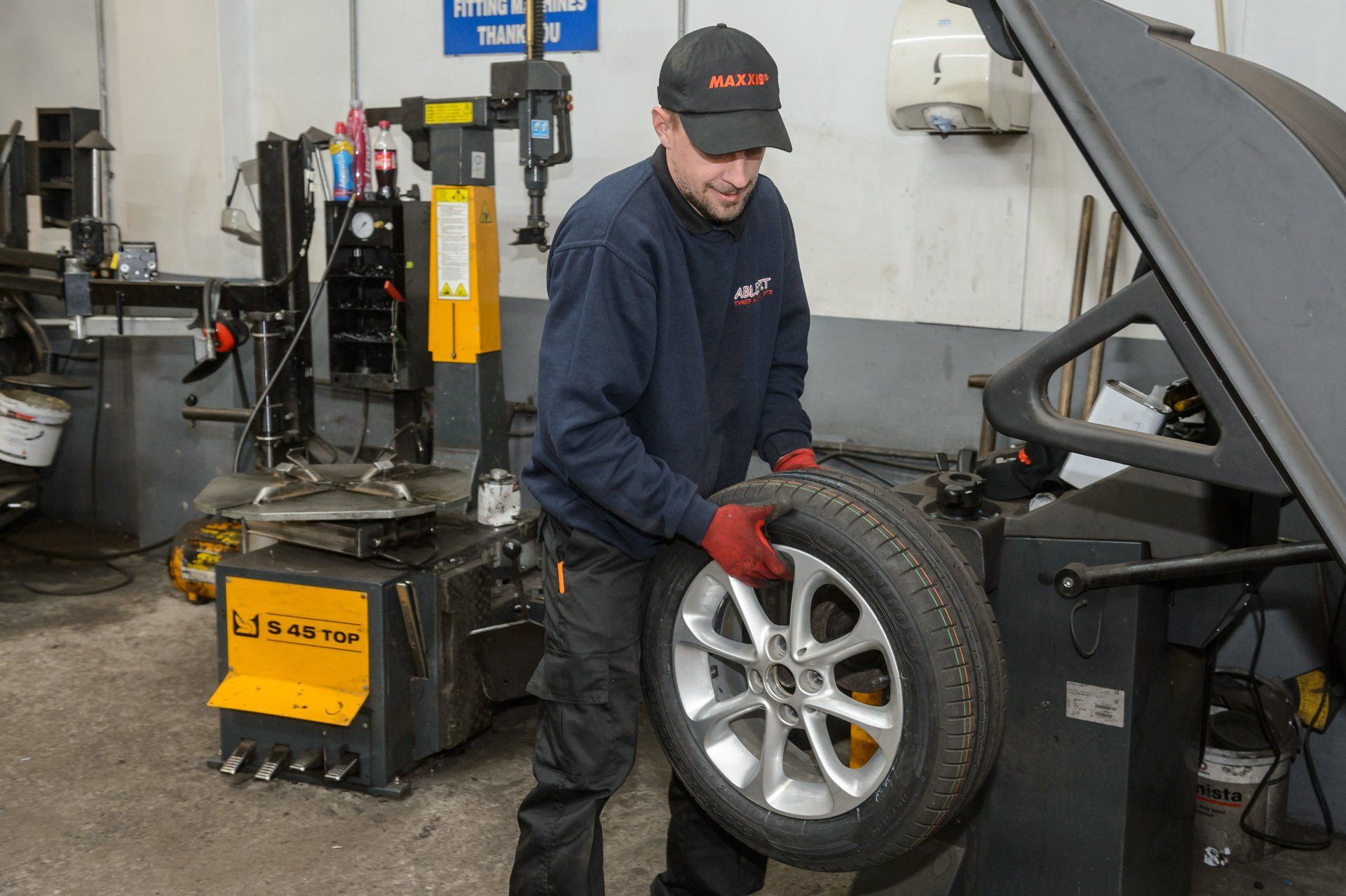
Your yearly MOT or regular car servicing helps you keep your vehicle safe on the road. But performing your own checks between appointments lets you enjoy a comfortable journey and prevent small issues from becoming expensive repairs.
Tyre tread depth
Tread depth refers to the measurement between the top tread of the tyre (which makes contact with the road surface) and the bottom of the tyre’s grooves. By law, tyre tread depth must be at least 1.6mm across the middle three-quarters of the tyre.
To check your tyre tread depth, place a 20p coin in the tread groove of your tyre. If you can’t see the outer band of the coin, your tyres are above the legal limit.
Tyre pressure
Over- or underinflated tyres can seriously impact your car’s ability to grip the road surface, which puts you at risk of losing control at high speeds.
The correct pounds per square inch (PSI) of pressure for your tyres depends on your car. You can check the recommended pressure in your vehicle owner’s manual. Some cars also have a sticker on the inside of the driver’s door to give you this information.
If you don’t own a digital tyre pressure gauge, check your tyre pressure at your local petrol station and fill them at the air pump to reach recommended levels.
Engine oil levels
Engine oil lubricates the moving parts of your engine, allowing them to run smoothly. If you don’t change your engine oil or filter often enough, it can cause serious damage to your engine.
Park your car on level ground and wait for the engine to cool. Then open your bonnet and find the dipstick. Pull it out of the tube, wipe off any excess oil with a clean cloth and dip it back in. Check the oil level against the markers on the dipstick and top it up if it’s low.
Lights
Most modern cars have a warning light on the dashboard that comes on when your lights are faulty. But if your car doesn’t have this feature, simply turn on your headlights, fog lights, indicators or reversing lights and check the outside of your car. To check your brake lights, ask someone for help or park next to a window or garage door and check for a reflection.
Screen wash
A dirty or icy windscreen makes it difficult to see the road. Rather than wait for your screen wash fluid to run out, park your car on level ground and wait for the engine to cool, then open the bonnet. Pop your washer fluid cap and check the level on the outside or inside of the tube, then fill as needed.
Book a full, interim or manufacturer service with Ablefit
Even if you perform regular car checks and have your annual MOT, it’s recommended that you get your car serviced every 12 months. At Ablefit, our fast and friendly expert team provides full, interim and manufacturer servicing options that improve your car’s performance and catch potential problems early.
Book your car servicing today at our centre in Longwell Green, Brislington or Muller Road so that you can stay safe on the road and avoid expensive repairs.


